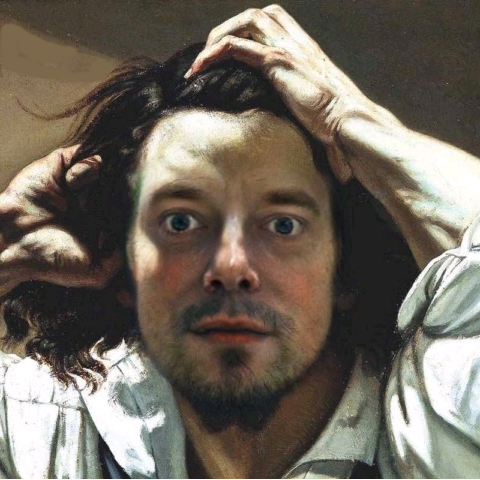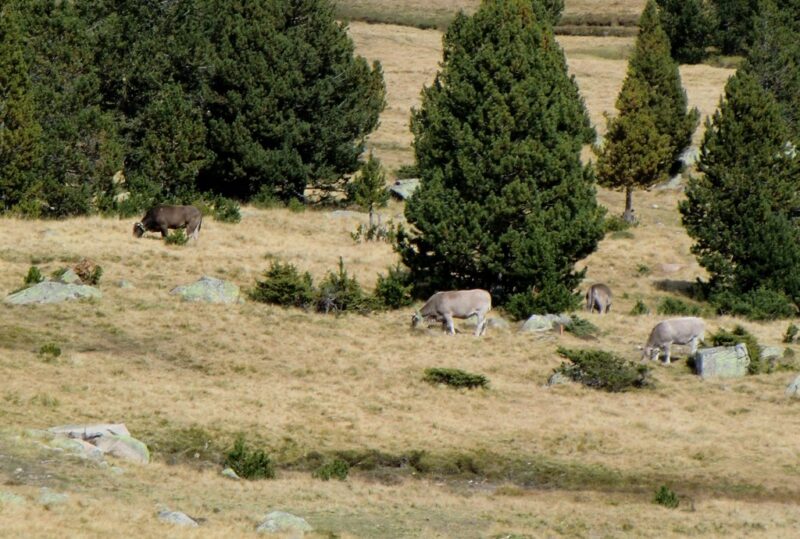Digging through my archives, I found some old pictures and old posts about Andorra. So why don’t I bring them here and tell you a little bit about this fascinating country that many people may have not even heard about?
My last trip there was almost 10 years ago. It pretty much was my last trip before moving to Japan. It was a wonderful experience in many ways, especially because it was my first time there after 15 years or so.
I used to go every year, even several times a year on most years. This was from the time I was a baby until around my mid-20s. Then, for a bunch of reasons, there was this 15-year-long hiatus, and eventually this last trip in 2011.
Seeing the country again as an adult, and seeing how much it had changed probably made it my favorite trip there. The most “interesting” one was the week I went camping there with my parents and my best friend, at age 15, a few weeks after some major surgery to my arm and leg, and I was all bandaged, arm in a cast, and using crutches to help me walk, but that story will be for another day.
Also, because I didn’t take the place for granted – like I did as a child or teenager – I rediscovered Andorra in a unique way, as it was familiar and new at the same time.
But before telling you more about why it was interesting on a personal level, let me tell you a little bit about the country itself, as I assume not many people know about it outside of southwest France and northern Spain.
Andorra is an independent country that came into existence in 1278, without much change to its borders (if any) or political system (barely) since. And even though it is older than most countries in the world, it remains relatively unknown. Mostly because it has remained extremely isolated until recently and it has managed to stay out of the way from the main episodes of history throughout the ages.
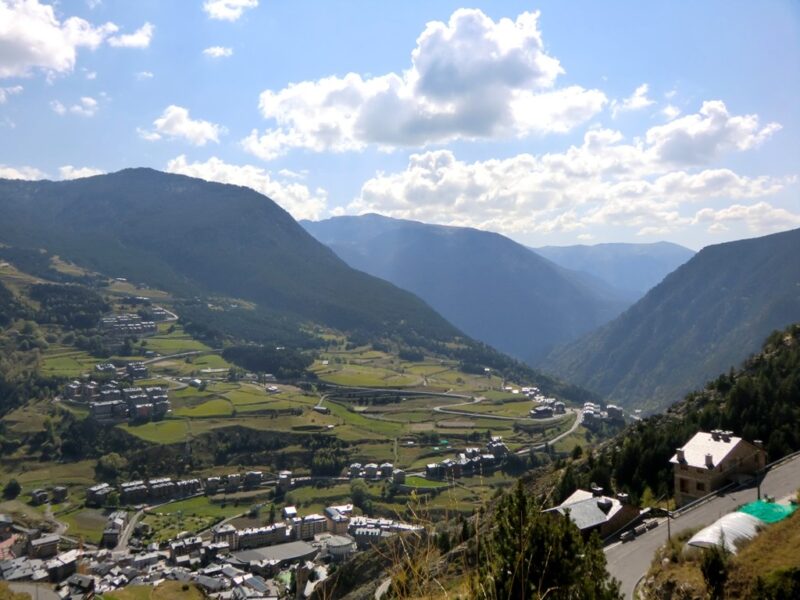
Andorra is a peculiar country in many ways.
As previously mentioned, it was founded in 1278 when a feudal charter between the Bishop of Urgell and the Count of Foix placed Andorra under the suzerainty of both men. Surprisingly, this system is still in place nowadays! Although Andorra granted itself a Constitution in 1993, the charter (called Paréage of Andorra) has remained in effect for more than 700 years as its main set of laws.
Andorra today is the last remnant of feudalism in Europe. While it is an independent country with its own government, prime minister, and parliament, it is also the vassal of both the Bishop of Urgell and the President of France (when Foix became a part of France, the King of France became co-prince of Andorra, and when France became a Republic, that role was transferred to the French President).
Andorra is a very small country. It has an area of 468 km², which makes it the 179th country in the world in land area. Its location in the heart of the eastern part of the Pyrénées Mountains makes it a very isolated country with only one main road going through and through (including a high pass near the French border – one of the highest paved roads in Europe, sometimes blocked in winter – until the opening of a tunnel in 1999). It remained quite isolated until the second half of the 20th Century, but even today, it is one of the few countries in the world without an airport, or a railway system.
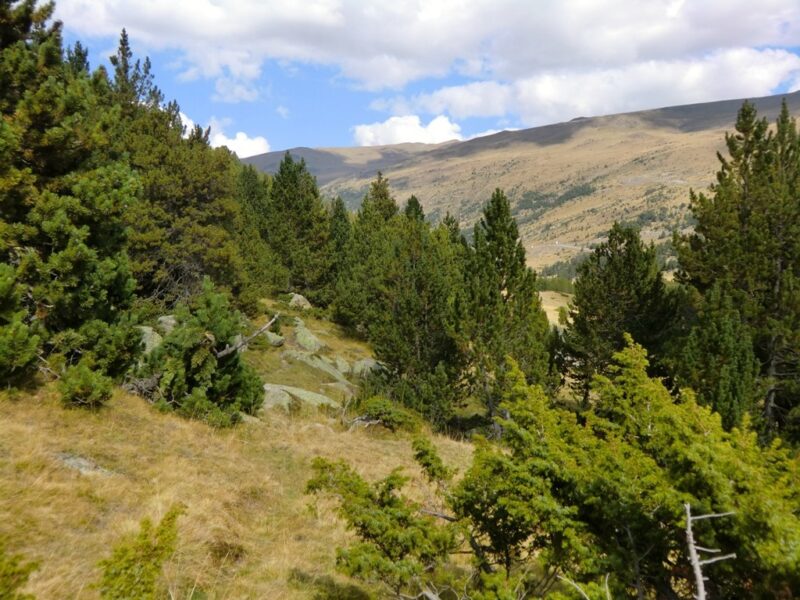
Being so small and isolated, Andorra has almost been forgotten by History. An interesting anecdote pertains to World War One. There’s a story that says that in 1914, Andorra declared war on Germany, but in 1918, it was not included in the Treaty of Versailles, and because of that, both countries technically stayed at war until 1959.
However, when that story came out in an American newspaper, it raised a few eyebrows in Andorra. Investigations were made by historians, and no declaration of war could be found. Only an exchange of letters between a German consul in Marseille and a Catalan Ombudsman containing something along the lines of “Are we at war?” and “I can’t find any official document stating so.”
Actually, Andorra is one of the most peaceful countries in the world, it hasn’t been involved in any sort of battle for about 700 years (most likely since the signing of the charter in 1278).
During World War Two, while officially neutral, it served as a haven for members of the French Resistance, Jews hiding from the Nazis, as well as Spanish Republicans fighting Franco’s troops.
Saying that it has been forgotten by history is a bit unfair though. It actually has a very rich and interesting history – especially because of its unique status of co-principality – but it’s a history that is very local and that managed to stay clear from the main turmoils of the world.
Everything changed for Andorra in the second half of the 20th Century when skiing and mass tourism started to develop in Europe. Andorrans realized that they had an opportunity to develop their country – not fully industrialized yet – through tourism and this is exactly what they did.
Nowadays, 80% of the GDP comes from tourism. It was developed through two main approaches: skiing and… duty-free shopping!
Products like alcohol or cigarettes are heavily taxed both in Spain and France, so Andorra started to sell them (as well as other manufactured goods) without any sales tax, making them much cheaper than in its neighbors’ shops. And, strangely, it is what put Andorra on the map for most French and Spaniards.
Also, note that Andorra is a country with one of the highest life expectancies (83 years) and one of the lowest unemployment rates (about 2%!).
These factors have triggered a development that is unheard of in any other country (at least to my knowledge). To give you a better idea, here is the evolution of the number of people living in Andorra in the past few decades (knowing that there were only 5,000 people in 1900):

This boom is as impressive as understandable (when you have a thriving economy and your neighbors are struggling) and nowadays there are more foreigners living in Andorra than Andorrans (33% are Andorrans, 23% Spanish, 21% Portuguese, 17% French, 3% North Africans and 3% other, including Britons and Italians – these numbers are a bit outdated, but the proportions must not be very different today).
If you look at the population numbers, you’ll see that it has gone down during the last decade (2010 was the year when it peaked). I’m not exactly sure why, but it may have to do with the fact that some income taxes and sale taxes had to be implemented during the 2010s when the EU campaigned against tax havens. Andorra is not part of the EU, but with France and Spain as its suzerains, it was pressured into implementing some sort of anti-tax-haven policies. That, and the fact that the differences in prices of manufactured goods between Andorra and Spain are not as important as they used to be, has hurt the economy a little, pushing a certain number of people to move back to their own country. Mostly an assumption on my part, I don’t know the full story. A few paragraphs above, I told you about an unemployment rate of 2%. Well, it has been on the rise. From basically 0% in 2010!
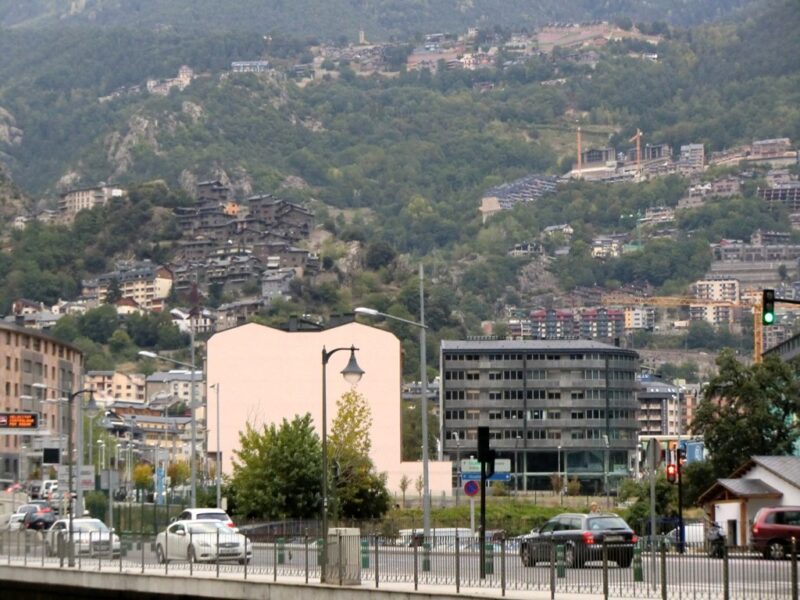
And this brings us to my personal history with Andorra.
I can’t remember the first time I went. I must have been a toddler. As previously mentioned, between the early-70s and the mid-90s I went twice a year on average, during the Winter (while I never skied in Andorra, I used to go skiing right on the other side from the border, so several trips to Andorra happened every winter vacation) and at other times during the year (usually day or weekend trips to go shopping).
When I was a kid, I remember a pretty odd country. The capital, Andorra-la-Vella was the only real city (of less than 20,000 inhabitants at the time), and even that city had a very rural atmosphere as soon as you strayed away from the main street, nestled at the bottom of the valley. I still remember unpaved parking lots, and farming fields just a few blocks away.
Most of the other towns were just small underdeveloped mountain villages except El Pas de la Casa, the town at the French border. (a very unique place, click the link for more details)
While it didn’t look like a poor country, it never looked like a “regular” country to me while growing up.
Fast forward to my last trip in 2011.
I remembered a country with fewer than 40,000 people and I found a country whose population had doubled! It could be felt everywhere. Funnily, two friends from college, not finding jobs in France moved to Andorra and lived there for a few years while I was in the US. I never really thought twice about it back then, not realizing the scale of this immigration at the time.
All of those remote villages are now well-connected small towns. Where pastures used to spread all over, there are dozens and dozens of houses and apartment buildings.
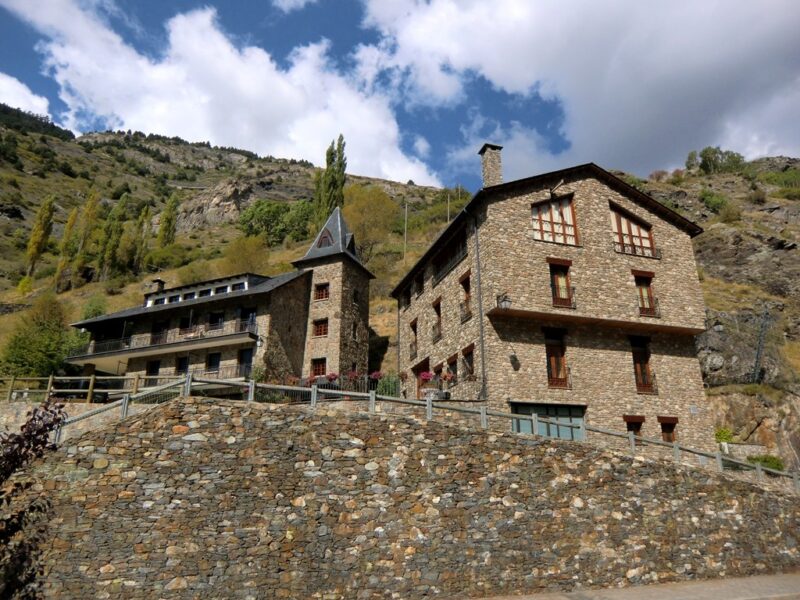
However, for the most part, this urban development didn’t seem chaotic, but rather under control. Nature was not too disfigured (except by the many new ski slopes that looked like as many scars in the formerly untouched forests) and I surprised myself thinking that this was a place where I could live (in a very imaginary kind of way, I know I wouldn’t be able to stand winters there; too much snow for my taste). It was a stark difference from the development the country experienced in the previous decades where function mattered more than appearance.
So overall, it was a great experience to be back there. I discovered a country that I didn’t know as well as I thought I did (partly because I did most of the visiting as a kid and my memories are pretty blurry, partly because the main purpose of going there used to be shopping, not so much visiting except for a few rare exceptions).
Yes, I was really glad I managed to rediscover this country. Today, it almost feels symbolic that I went there just before moving to Japan (although, I didn’t know I was going to leave France two months later), as for the longest time, it was the foreign country where I had spent the most time (until I lived in the US, and now Japan).
And I’m pretty glad that this small trip down memory lane is allowing me to introduce the country to you. I will continue to do so over a few more posts if you don’t mind.
Meanwhile, here are more pictures from Andorra. Seeing them again, I realize that my photography skills have improved quite a bit in the past decade. Nice (but now I wish these pictures were of better quality.)
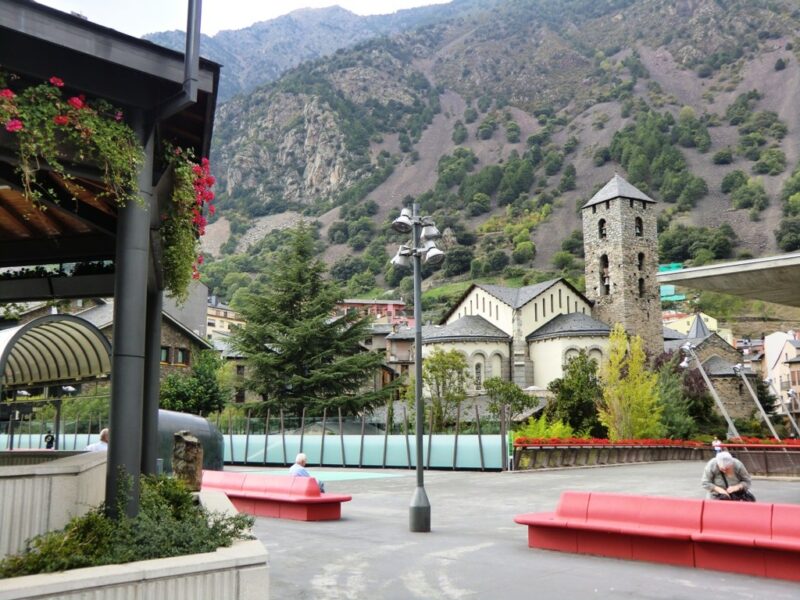
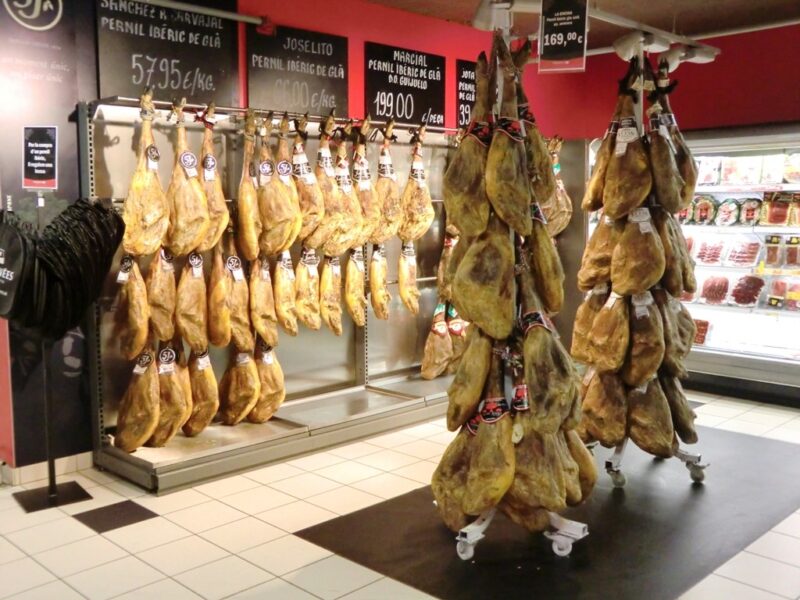
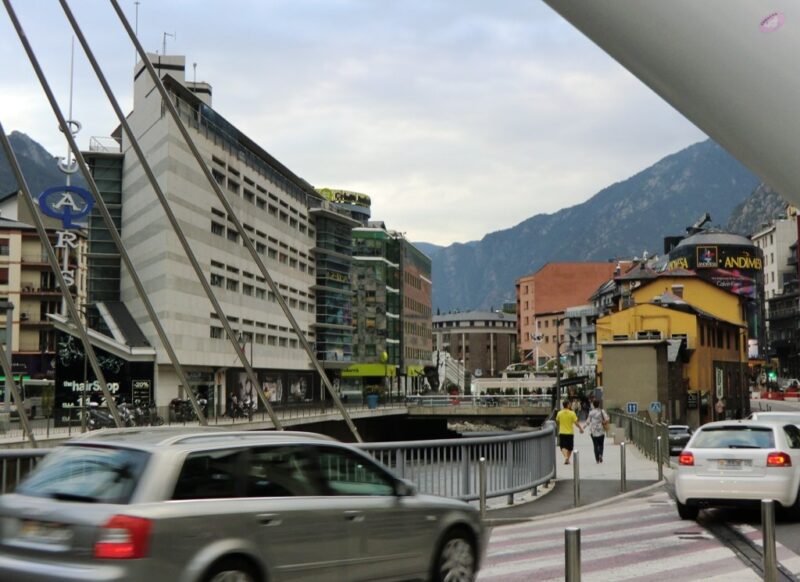
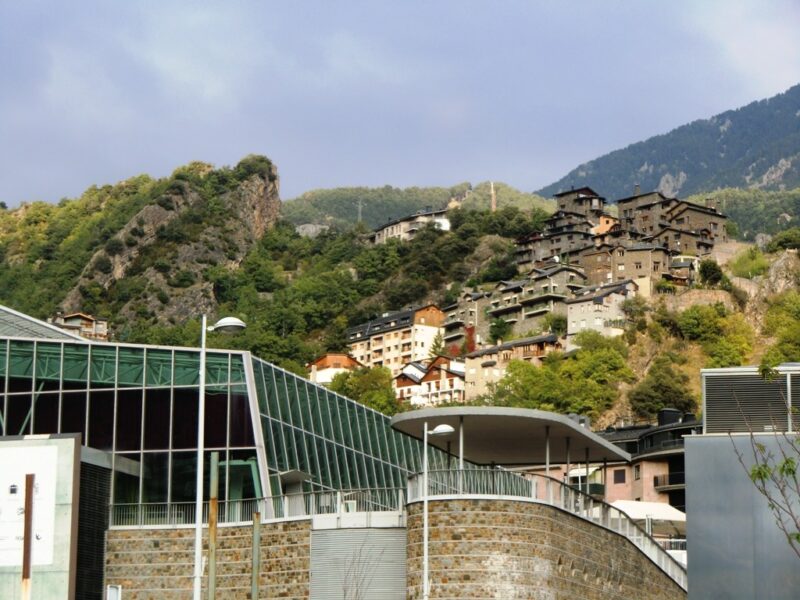
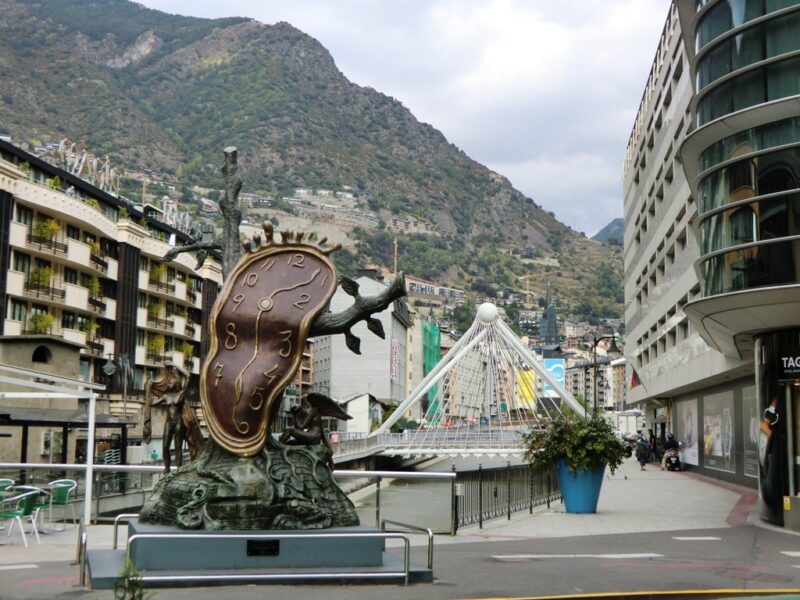
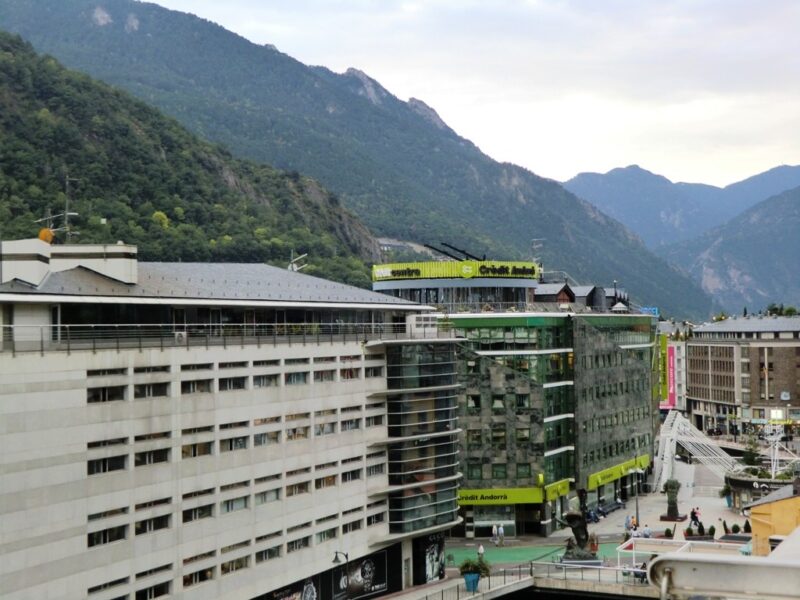
That’s all for today, but I’ll come back for more very soon. In the meantime, I hope I piqued your curiosity about this tiny country that’s close to my heart.
To be continued with: Sant Joan de Caselles Church
